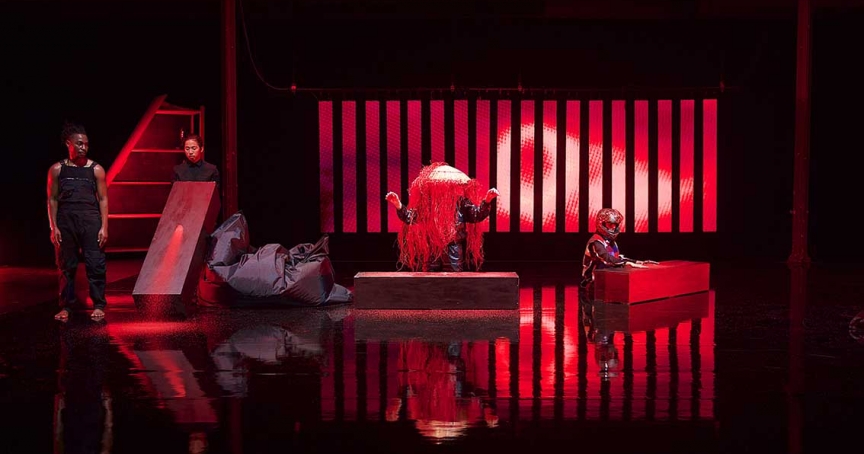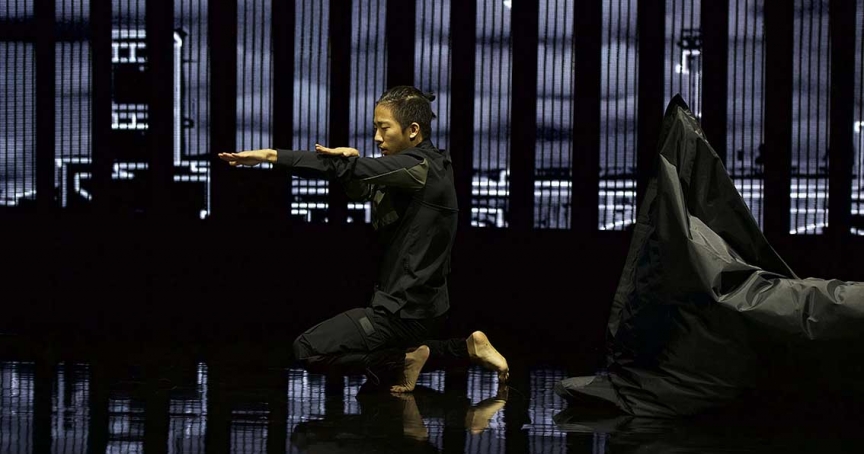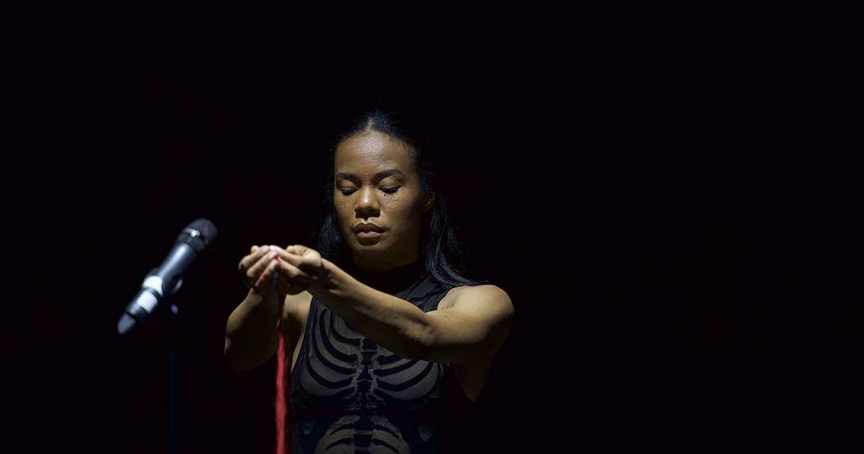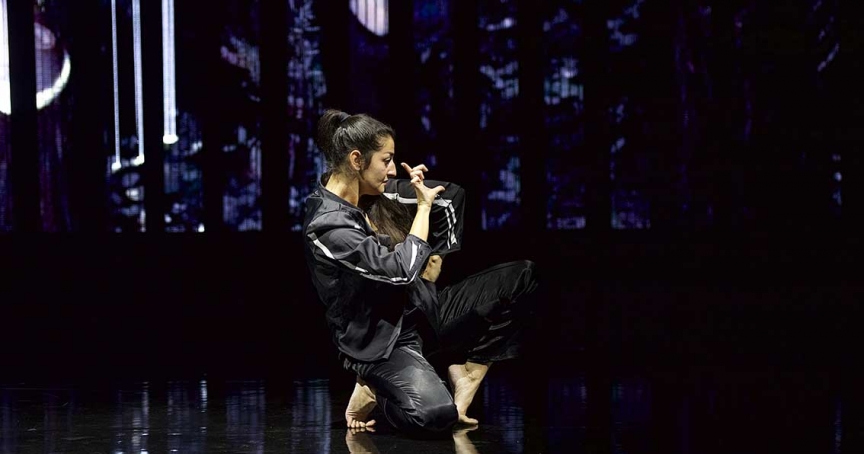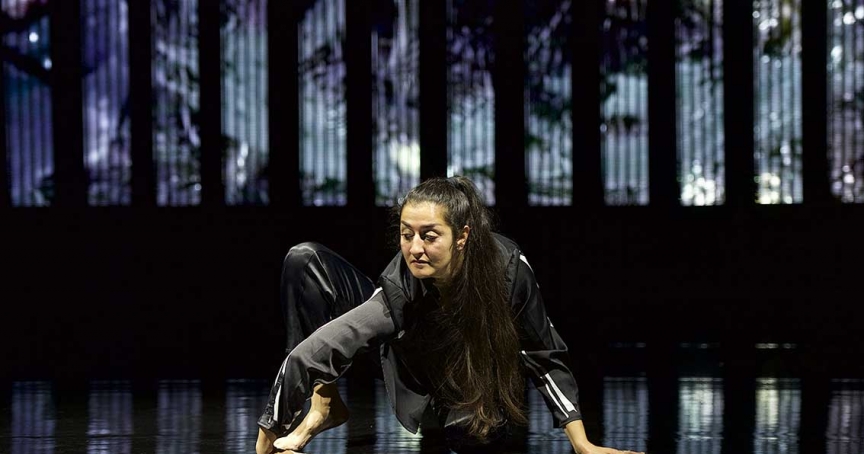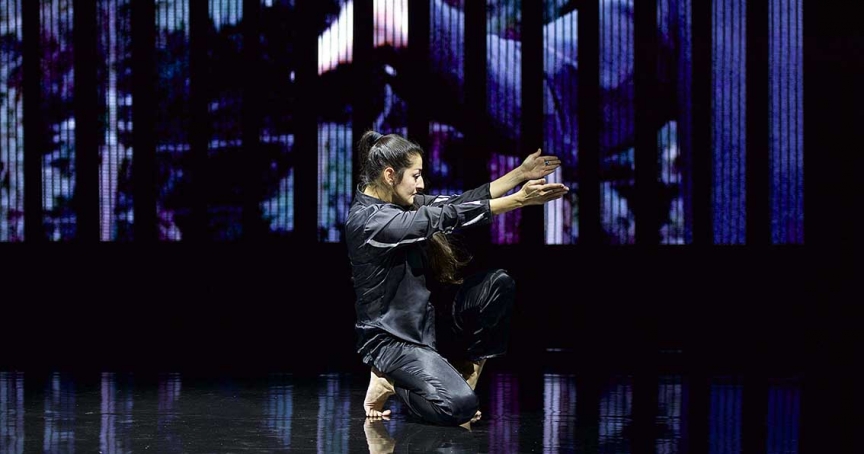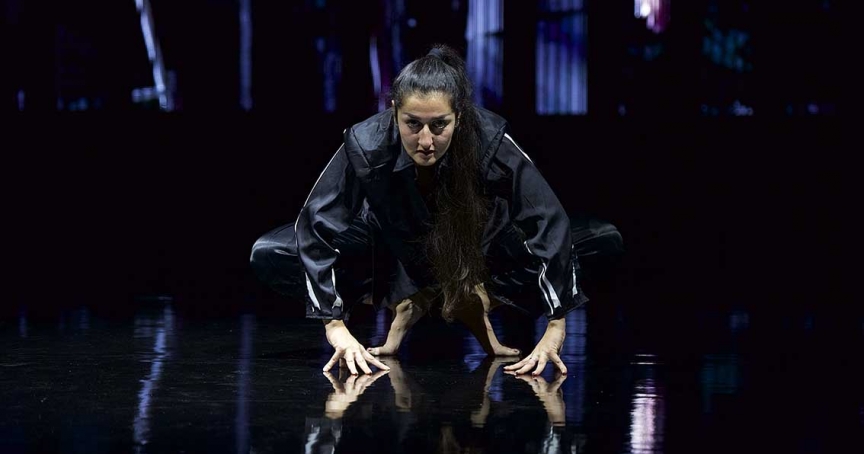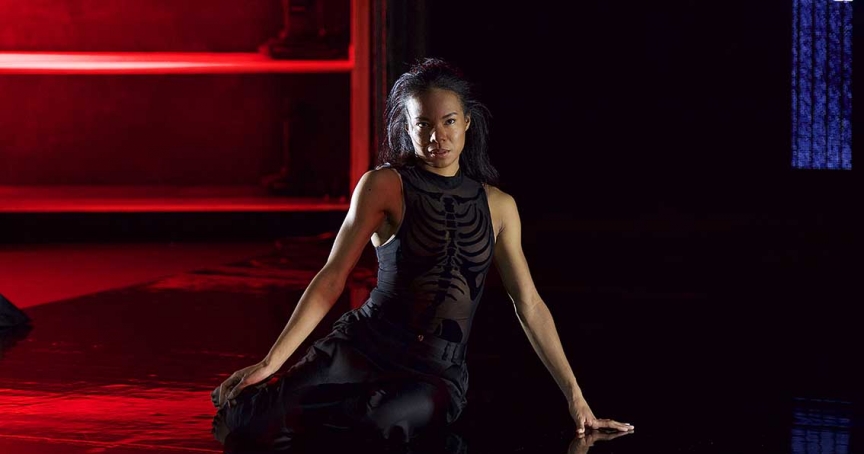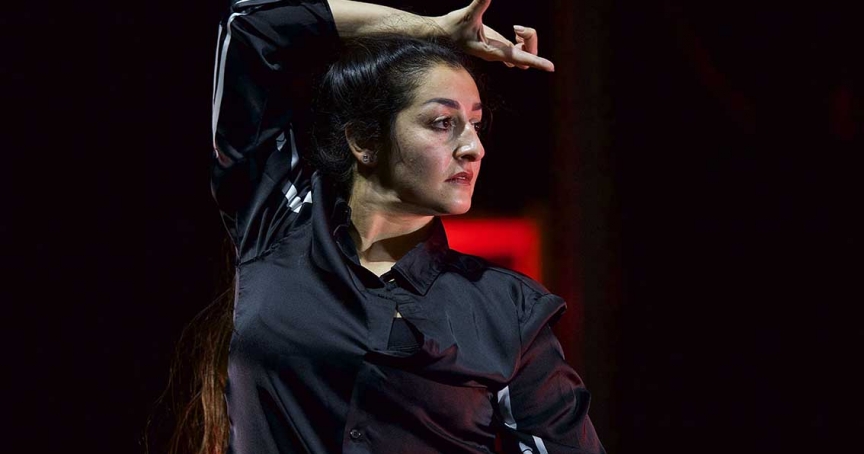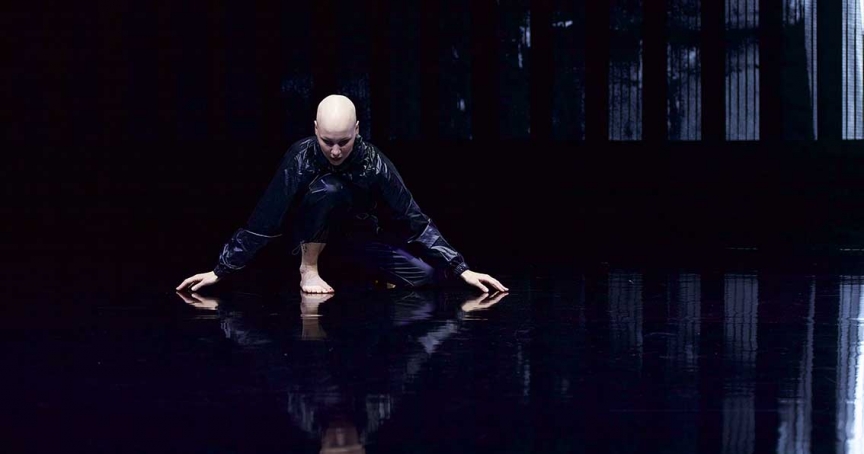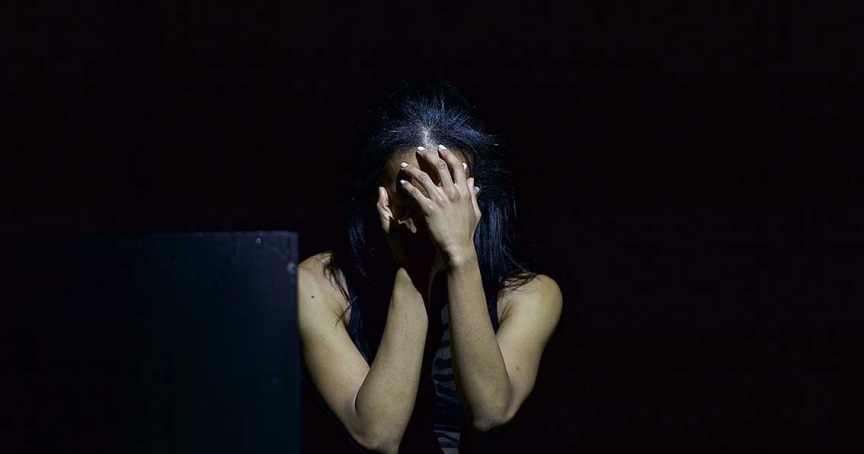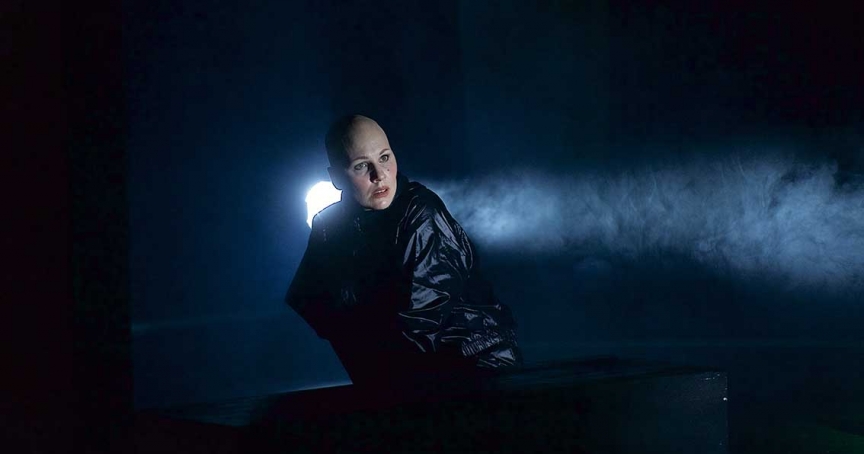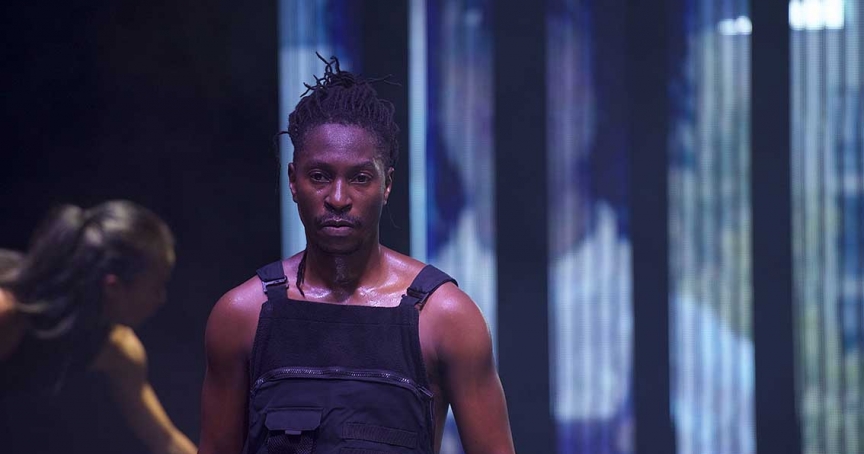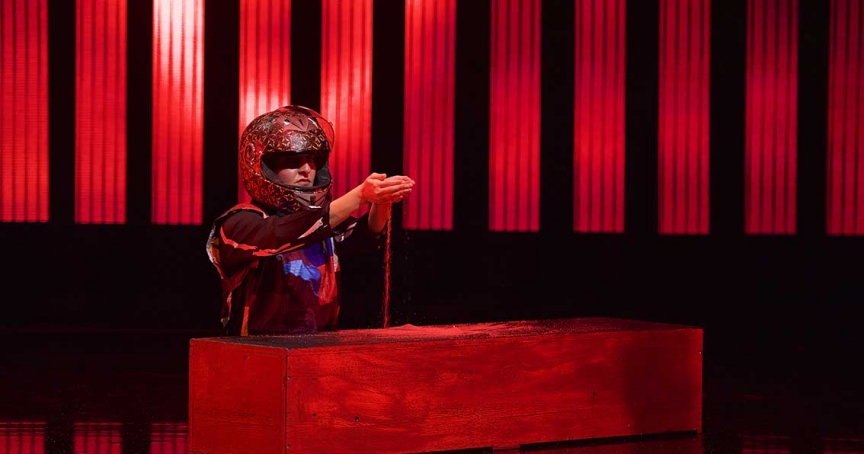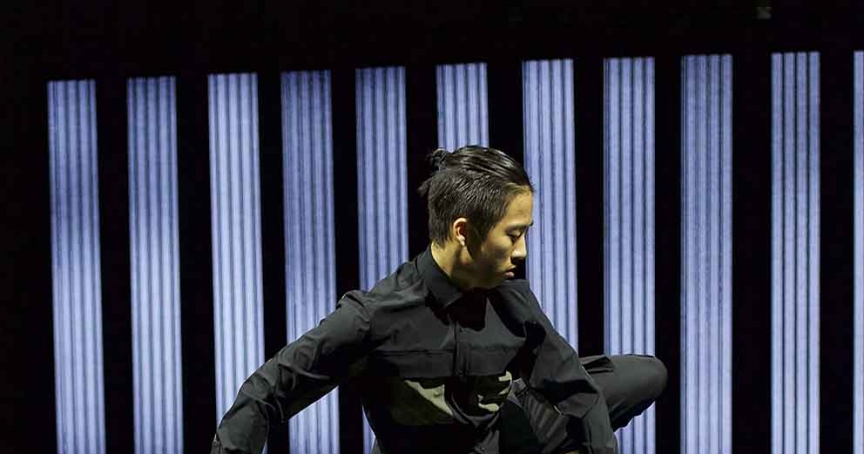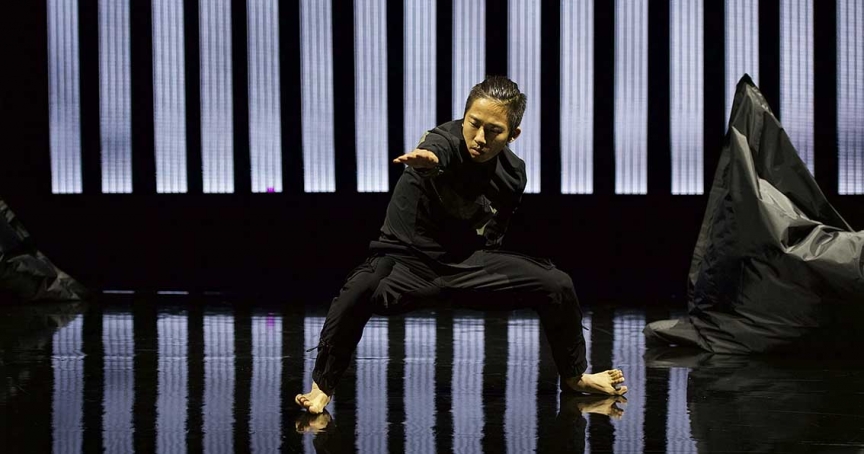It’s all forgotten now
A performative Mixtape for Mark Fisher
2020
about the piece
In January 2017, the British cultural scientist and pop theorist Mark Fisher took his own life. He became known to a wider audience through his work “Capitalist Realism” in which he addresses the widespread view that there is no alternative to capitalist reality. Fisher diagnosed a cultural exhaustion syndrome resulting from the collapse of temporality: the end of the world can be imagined, but the end of capitalism cannot.
While technological development has been accelerated by the Internet and related communication devices at a pace that is difficult to grasp, cultural progress has slowed to a standstill.
Consequently, Fisher sees the signs of exhaustion not only in the political and cultural operations of neoliberal societies but also on an emotional level. In the faces of his students, in apocalyptic Hollywood film sets or reality shows.
He did not want to come to terms with this and repeatedly demanded resistance:
“The tiniest event can tear a hole in the grey curtain of reaction which has marked the horizons of possibility under capitalist realism.”
Fisher analyzed rare Jungle records, obscure soundtracks, as well as films or books by contemporary authors. A music mix he put together had the same value as an essay.
With this project, we try to create a performative mixtape which deals with some aspects and concepts of Mark Fisher.
Phenomena like hauntology or the strange and mysterious (the weird& the eerie) express themselves not only politically but also aesthetically.
They find their expression in music, film, and dance and are the starting point for the piece.
Due to the corona crisis, many dancers* of the company could not arrive but are connected from outside. They are the “ghosts” of this work and become a virtual part of the performance.
A circumstance that Mark Fisher would certainly have liked.
videos
credits
Concept & Choreography: Christoph Winkler | Dance: Lois Alexander, Lisa Rykena, Michael Gagawala Kaddu, Raha Nejad, Kevin Lau | Video contributions: Aloalii Tapu, Joshua Faleatua, Robert Ssempijja - Dance Revolution East Africa, Bria Bacon, Symara Sarai Johnson | Videodesign: Matthias Härtig, Gabriella Fiore | LED programming and installation: Sven Beyer & Frieder Weiß | Costume assistance: Marie Akoury | Production manager: Laura Biagioni | Technical management: Fabian Eichne
A production by Company Christoph Winkler in coproduction with SOPHIENSÆLE. Funded by the Senate Department for Culture and Europe and supported by Fonds Darstellende Künste with funds from the Federal Government Commissioner for Culture and the Media. Media partner: taz. die tageszeitung. Cooperationpartner:Schalldruckberlin
dates
-
14. - 20. June 2021DringebliebenVideo on demand
at 8:00 PM
-
23. – 29. November 2020SophiensaeleOnline Premiere
reviews
Christoph Winkler works with non-white dancers from all over the world. This is his attempt to establish a postcolonial perspective in the field of contemporary dance. Performers from Kampala, New York and Australia, for example, are involved in the new project. However, half of his ensemble cannot come to Berlin because of the current travel restrictions. Winkler has therefore looked for ways in which the four perfomers can still participate in the piece, even if they are not physically present. He has commissioned them to produce videos on themes. The four dance videos go online the day before the premiere. During the performance, excerpts from the video works will be shown on the wall of LED panels. "The material that is processed there will also flow into the live performance in a different form. That is interlocked."
The piece is a mix of video, sound, dance, spoken word poetry and texts by Mark Fisher. Winkler and his perfomers also take a look at the ghost researcher Fisher and his concept of "hauntology", which is inspired by Jacques Derrida. It is about ideas that haunt the present like ghosts from the past. "This is how our lives are structured: Things that aren't real still have a big impact," says Winkler. "Fisher takes up the notion of ghosts and asks: where is it in pop culture? " The performers also trace Fisher's fascination with "the weird and the mysterious*(the weird & the eerie). Some of the pieces of music that Mark Fisher discussed were chosen; but there are also sounds to be heard that form the contemporary equivalent, Winkler explains. What is also exciting about the project is that the dancers have very different backgrounds. "I have a traditional African dancer with me this time, a hip-hop new-style dancer and also contemporary dancers. Everyone solves the tasks in their own way." It won't be a depressing evening: the piece is very visual. And thanks to the great performers it's also a celebration of diversity. SPIELZEIT, Sandra Luzina
High frequency stock exchange trading is just one example of how temporality has collapsed in today’s world: It takes experts three months to analyze transactions that computers can execute in three minutes. In his pamphlet entitled “Capitalist Realism: Is There No Alternative?”, the cultural scholar and pop theorist Mark Fisher, who died in 2017, diagnosed a cultural exhaustion syndrome that he attributed to the uncontrollable dynamization of time: Today, the idea of the end of the world seems to many more realistic than the end of capitalism. Christoph Winkler, the freelance political choreographer who works in Berlin since 1998 with a long-standing, non-European ensemble and a continued intuition for current affairs, dedicates the performative mixtape “It’s all forgotten now” to Fisher. Together with ten performers in a live setting, and, due to entry restrictions caused by the Coronavirus pandemic, also via video transmission, he wants to take up Fisher’s associative-essayistic working method in dance. And of course (as usual), certainly not without the necessary humor. After all, the “pandemic of mental suffering” needs to be actively confronted. TANZRAUMBERLIN, Christine Matschke
[…]In the work "It's All Forgotten Now - A Performative Mixtape for Mark Fisher", co-produced by the Sophiensälen in Berlin, text and movement enter into a distorted exchange. Nothing is in simple translation to each other. On the almost empty stage, the five dancers move sporadically to sombre electronic music. They are complemented by video works played in the background, which are reflected on the smooth floor. Dissected by black bars, the dancers who could not attend appear there as ghosts of the production. The texts, sometimes spoken by performers, sometimes recorded, only provide the contextual framework for the works. In the downward pulling gestures, which lack any lightness, Fisher's view of postmodernism and capitalism emerges more pointedly than in the excerpts of his texts.
This becomes particularly impressive in the distorted copy of a club scene. Deprived of the expected ecstasy, joy only appears mask-like on the faces of the performers. Behind the forced smile of the 21st century lurks a hidden sadness, Fisher writes in his essay "Grey Worlds: Darkstar, James Blake, Kanye West, Drake and 'Party Hauntology'". The hoped-for euphoric satisfaction does not (any longer) materialize in escapist pleasure, says the text from the anthology "Ghosts of My Life". According to Fisher, no one captured this hedonistic sadness like the rapper Drake in his song "Marvin's Room". He plaintively states: "We threw a party / yeah we threw a party", we threw a party. In this is a denied emptiness that cannot be dissolved in quick pleasure. Excess becomes duty, partying becomes work. The Sisyphean exhaustion is magnified by the strained heaviness in the dancers' movements. Sporadically, they toil side by side. There is no exchange with each other in the performed individualism. This creates an incommensurable sadness without catharsis in the disharmony to the music. A depressing mood of loneliness is brilliantly conveyed on stage, which also runs through Fisher's work.
[…]Utopian collectivity is deliberately omitted from the performance. On the one hand, the dancers appear as isolated individuals on the stage, but they also become the embodiment of unrealised visions. This is particularly precise in the gestures of Lisa Rykena, who appears like an undead futurist. Again and again she straightens up, tries to grasp something and collapses in the attempt. The lost future, like the sand that runs through the performers' hands, can no longer be grasped. This comes to a threatening head at the end, when coffins are carried onto the stage as manifest ghosts. There is no optimistic resolution to this gloomy picture. But it can at least be said against the title of the evening: not everything is forgotten. Neues Deutschland, Lara Wenzel
[…]“It’s All Forgotten Now” wird als performatives Mixtape bezeichnet und bringt, neben viel Tanz und Musik, auch Videos und Spoken-Word zusammen, die nicht nur Fisher, sondern auch andere Künstler und Denker, u.a. Derrida, zitieren. Von dem unscharfen Video, das eine Hafenstadt als ein Kapitalismussymbol zeigt, bis zu der ergreifenden Musik von jenen wie King Midas Sound oder Caterina Barbieri, ist jedes Detail liebevoll durchdacht und gibt die bedrückende, dunkle, verzweifelte aber immer nach Alternativen suchende Gedankenwelt von Fisher ästhetisch und atmosphärisch wieder. Es ist zu spüren, wie sehr Winkler sich für Fisher begeistert. Der rote, glitzernde Sand, der von den Händen von Tanzer*innen auf den Boden fließt, erinnert an die Zeit und Vergänglichkeit, und zwar nicht nur als Themen von Fisher, sondern auch als symbolische Trauer um ihn.
[…]It fascinates on all levels. As an internalisation of the longing for the future, as a reminder of the solidarity of old rave parties that no longer exist in this form, but also beyond any contextualisation. All five black-clad dancers on the dark stage differ greatly in their body language, but they have one thing in common: their twitching bodies, pulsating with the rhythm of the music, move as if they are longing for an existence in a non-existent world. As if they have internalised the music, become music themselves and now, as abstract beings, seek a concrete form to come into the world. But the time of birth does not come. And they continue to pulsate like ghostly human machines until at some point they are motionless and leave the audience alone with an echoing silence - and with the question of whether a future free of the shackles of nostalgia is possible. Whether we can move forward or have to be haunted again and again by past patterns and traumas. Tanzschreiber, Seda Niğbolu

